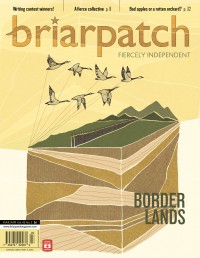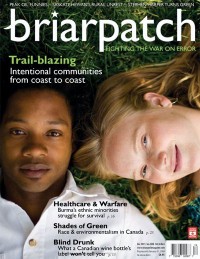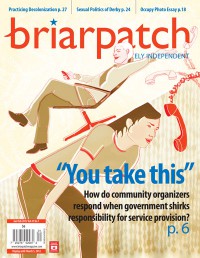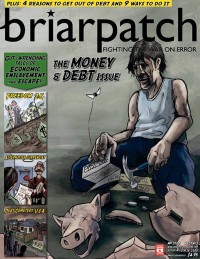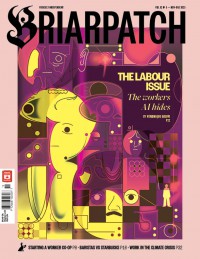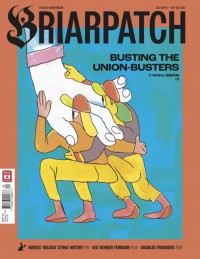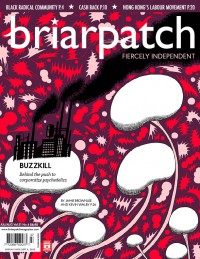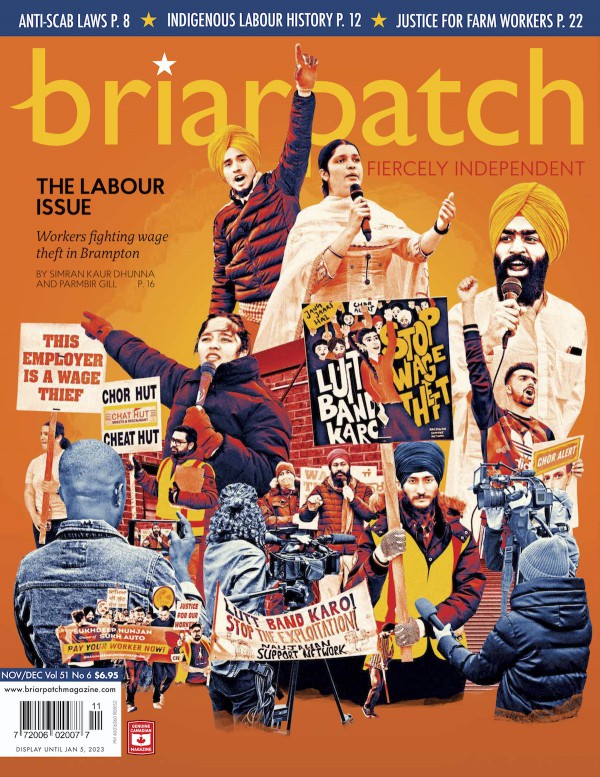
The Labour Issue
Each year, Briarpatch publishes a special issue on work and the labour movement. In this year's Labour Issue, you'll find stories on the workers fighting wage theft in Brampton; Indigenous labour history; lessons from the Quebec strikers who won anti-scab legislation; farm workers fighting for sustainable agriculture and conditions; tree planters' reflections on greenwashing; exposing the sheltered workshops exploiting disabled workers; and more.
Add To Cart $6.95
-
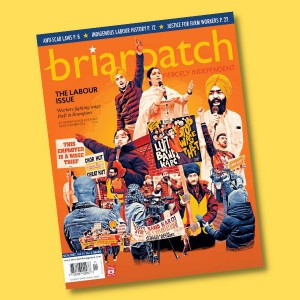 Magazine
MagazineKeeping justice in a just transition
As the term “just transition” gains traction with policymakers and fossil fuel companies trying to paint themselves green, the articles in this issue remind us that a just transition means justice for workers, migrants, and Indigenous Peoples.
-
 Magazine
Magazine“We inhabit a land; the land inhabits us”
An interview with the judges of Briarpatch’s 12th annual Writing In The Margins contest: Rana Nazzal Hamadeh, Jessica Johns, and Randy Lundy.
-
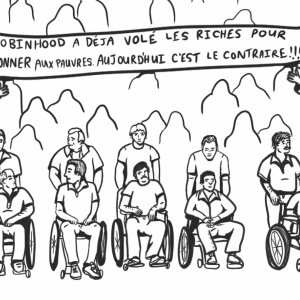 Magazine
MagazineHow Quebec workers won – and kept – anti-scab laws
If anti-scab legislation is to be extended across Canada, the NDP’s best efforts and the Liberals’ reluctant co-operation might not be enough. The history of the Quebec labour movement can show us how to fight for anti-scab legislation.
-
 Magazine
MagazineIndigenous labour struggles
From leading one of British Columbia’s earliest strikes to fighting against low wages and racist bosses, some pivotal moments in Indigenous labour history.
-
 Magazine
Magazine“With our own hands”
Workers and international students in Brampton are fighting back against wage theft, naming and shaming employers to recover over $250,000 in stolen wages. 12 workers share the lessons they’ve learned in the fight.
-
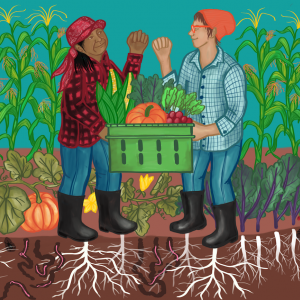 Magazine
MagazineBuilding farm worker power
Across Canada, farm workers are facing hotter summers and extreme weather, while being denied basic labour protections like a minimum wage. The farm workers organizing within the National Farmers Union want to change agriculture’s unsustainable conditions.
-
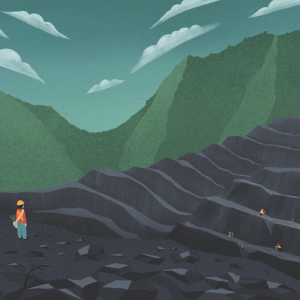 Magazine
MagazinePlanting trees in a coal mine
Reclaiming mines is touted as an essential part of a just transition. But in Teck’s B.C. coal mines, two tree planters were left asking: were they part of reclamation, or greenwashing?
-
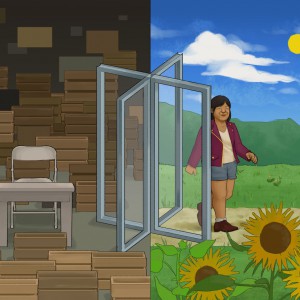 Magazine
MagazineExiting the revolving door
Sheltered workshops for disabled people allow employers to evade labour standards and pay workers below minimum wage, all under the guise of never-ending “training programs.”
-
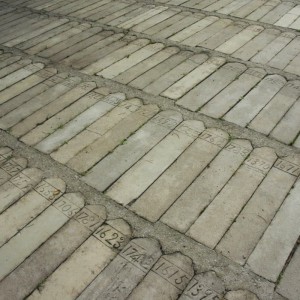 Magazine
MagazineClass inaction
Survivors are speaking up about the abuse they endured in Canada’s government-run institutions for disabled people. Class-action lawsuits promise them justice – but can they deliver?
-
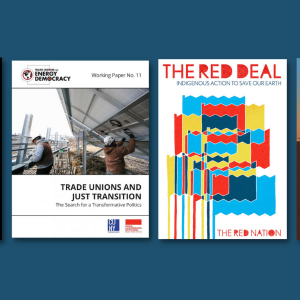 Magazine
MagazineA reading list on labour’s role in a just transition
A transition to a sustainable economy is a monumental task that will require transformative change. Whether this transition is just, democratic, and reflective of the scale of the crises we face is still to be determined.
-
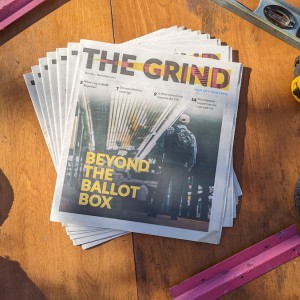 Magazine
MagazineThe case for large-scale workers’ media in Canada
Unions, union members, and people with access to wealth need to think big about shifting the media landscape in Canada.

